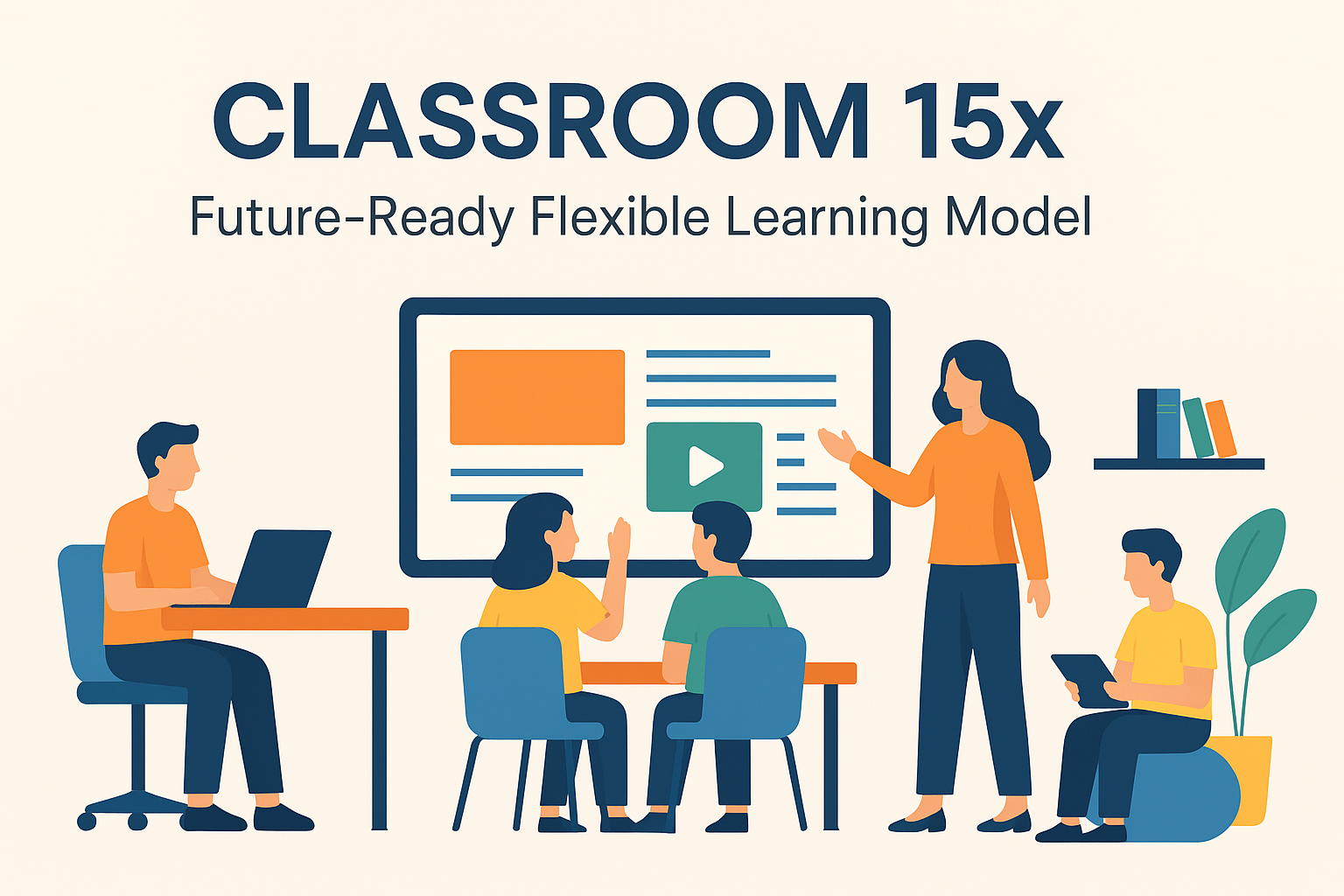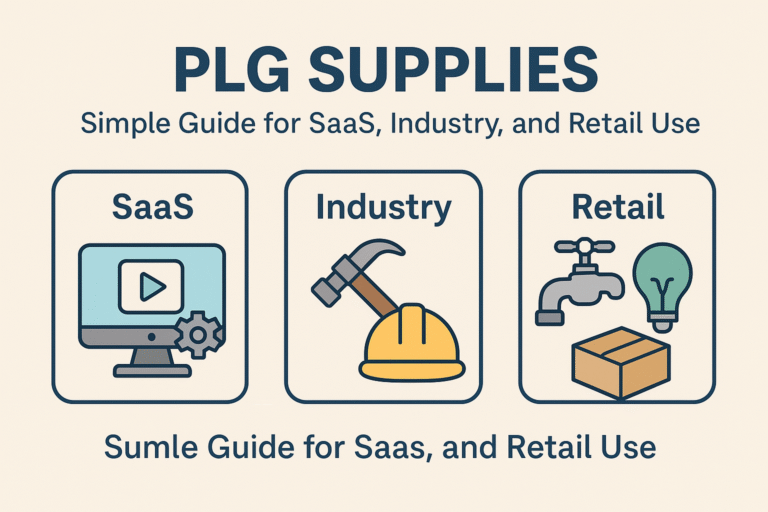Classroom 15x: A Simple Guide to the Future of Learning
The classroom has not changed much in many years. Most students still sit in rows, listen to a teacher, and take notes. But today’s world is different. Students need new skills like teamwork, problem-solving, and digital knowledge. Teachers also need better tools to help every learner.Coomersu
Classroom 15x is a new idea that changes how a classroom looks and works. It makes learning more flexible, engaging, and personal. Let’s explore what Classroom 15x means, what it offers, and how schools can use it.
What is Classroom 15x?
Classroom 15x is a modern learning model that uses flexible space, technology, and student-centered teaching.
Meaning of 15x:
15 often means a smaller group size of around 15 students.
x shows improvement, meaning the classroom is many times better than before.
In short, it is a classroom built for the future of education.
Key Features of Classroom 15x
Here are the main parts that make Classroom 15x special:
| Feature | What It Means | Why It Matters |
|---|---|---|
| Flexible Spaces | Movable desks, chairs, and zones for different tasks | Easy to change setup for any lesson |
| Technology Tools | Tablets, smartboards, AR/VR, and cloud apps | Makes learning more fun and interactive |
| Personalized Learning | Every student learns at their own speed with adaptive tools | Helps both slow and fast learners |
| Collaboration Areas | Group tables, writable walls, teamwork hubs | Students learn to work together |
| Focus on Wellness | Natural light, plants, good air, comfortable furniture | Students feel safe, calm, and focused |
Benefits of Classroom 15x
Classroom 15x helps students, teachers, and schools in many ways:
More Student Engagement
Students enjoy lessons with technology and flexible activities.
Short game breaks improve attention.
Better Learning Results
Students get lessons at their own level.
Helps close gaps and boosts achievement.
Builds Future Skills
Encourages teamwork, creativity, and digital knowledge.
Supports All Learners
Works well for different learning styles and needs.
Creates an inclusive and welcoming environment.
Stronger Teacher Support
Teachers can act as mentors instead of only lecturers.
More time for one-on-one help.
How to Implement Classroom 15x
Schools can bring Classroom 15x step by step.
Upgrade the Space and Tools
Add modular furniture, fast internet, and smart devices.
Train Teachers
Give workshops on using tech and managing flexible classrooms.
Involve Students
Ask students to help design their learning space.
Create a Growth Culture
Encourage trying new methods and learning from mistakes.
Start Small
Pilot one classroom first. Learn from results, then expand.
Challenges of Classroom 15x
Even with big benefits, schools face some challenges:
| Challenge | Problem | Possible Solution |
|---|---|---|
| High Cost | Furniture and technology are expensive | Use grants, donations, and phased rollouts |
| Teacher Training | Teachers may feel unprepared | Continuous training and peer support |
| Resistance to Change | Students and teachers may prefer old methods | Clear communication and gradual adoption |
Two Versions of Classroom 15x
Different schools may use Classroom 15x in different ways:
Tech-Heavy Version
Uses AI, VR, and data dashboards.
Focus is on measuring progress and efficiency.
Human-Centered Version
Focuses on small groups around 15 students.
Wellness, teamwork, and flexibility are the main goals.
Traditional Classroom vs Classroom 15x
| Aspect | Traditional Classroom | Classroom 15x |
|---|---|---|
| Space | Fixed desks, little movement | Flexible, movable layouts |
| Technology | Minimal or basic | Fully integrated |
| Learning Style | Same pace for all | Personalized for each student |
| Collaboration | Limited group work | Central to learning |
| Well-being | Rarely considered | Important part of design |
| Teacher Role | Main source of knowledge | Guide and mentor |
Why Classroom 15x Matters
Education is not just about test scores. It is about preparing students for real life. Classroom 15x helps students:
Stay engaged in lessons
Learn at their own speed
Build teamwork and digital skills
Feel safe, included, and motivated
Teachers also gain support, and schools build stronger learning cultures.
quently Asked Questions
What does Classroom 15x mean?
Classroom 15x is a modern classroom model. It focuses on flexible spaces, technology, personalized learning, teamwork, and student well-being. The 15 often means smaller class sizes about 15 students, and the x means improvement or transformation.
How is Classroom 15x different from a traditional classroom?
In a traditional classroom, students usually sit in rows, learn the same lesson at the same speed, and rely mainly on the teacher.
In Classroom 15x, the space is flexible, technology is integrated, and every student can learn at their own pace. Teamwork and well-being are also part of the design.
What are the main benefits of Classroom 15x?
The main benefits are:
More student engagement and focus
Better learning outcomes through personalized paths
Development of teamwork and digital skills
Support for diverse learners and inclusivity
Stronger teacher-student relationships
How can schools start using Classroom 15x?
Schools can begin with small steps:
Upgrade Wi-Fi and buy modular furniture.
Train teachers in new methods.
Involve students in space design.
Start with one pilot classroom.
Expand after testing and feedback.
What are the challenges of Classroom 15x?
The biggest challenges are:
Cost: Furniture and technology can be expensive.
Teacher Training: Teachers need time to learn new skills.
Resistance to Change: Some people may prefer the old way.
Is Classroom 15x only about technology?
No. Technology is important, but it is not the only part. Classroom 15x also focuses on flexible design, wellness, and personalized learning.
Conclusion
Classroom 15x is not only about new furniture or gadgets. It is about a new way of thinking about education. By mixing flexible design, smart technology, personalized learning, and student wellness, it creates classrooms that inspire instead of restrict.
Yes, the cost and training needs are real challenges. But the benefits—better learning, more inclusion, and future-ready students—make it worth the effort.







